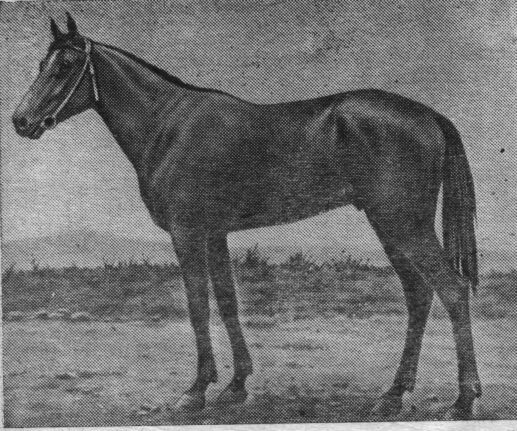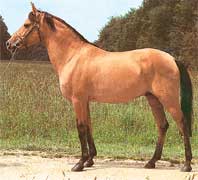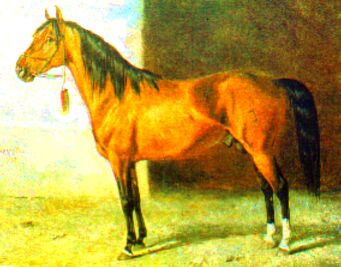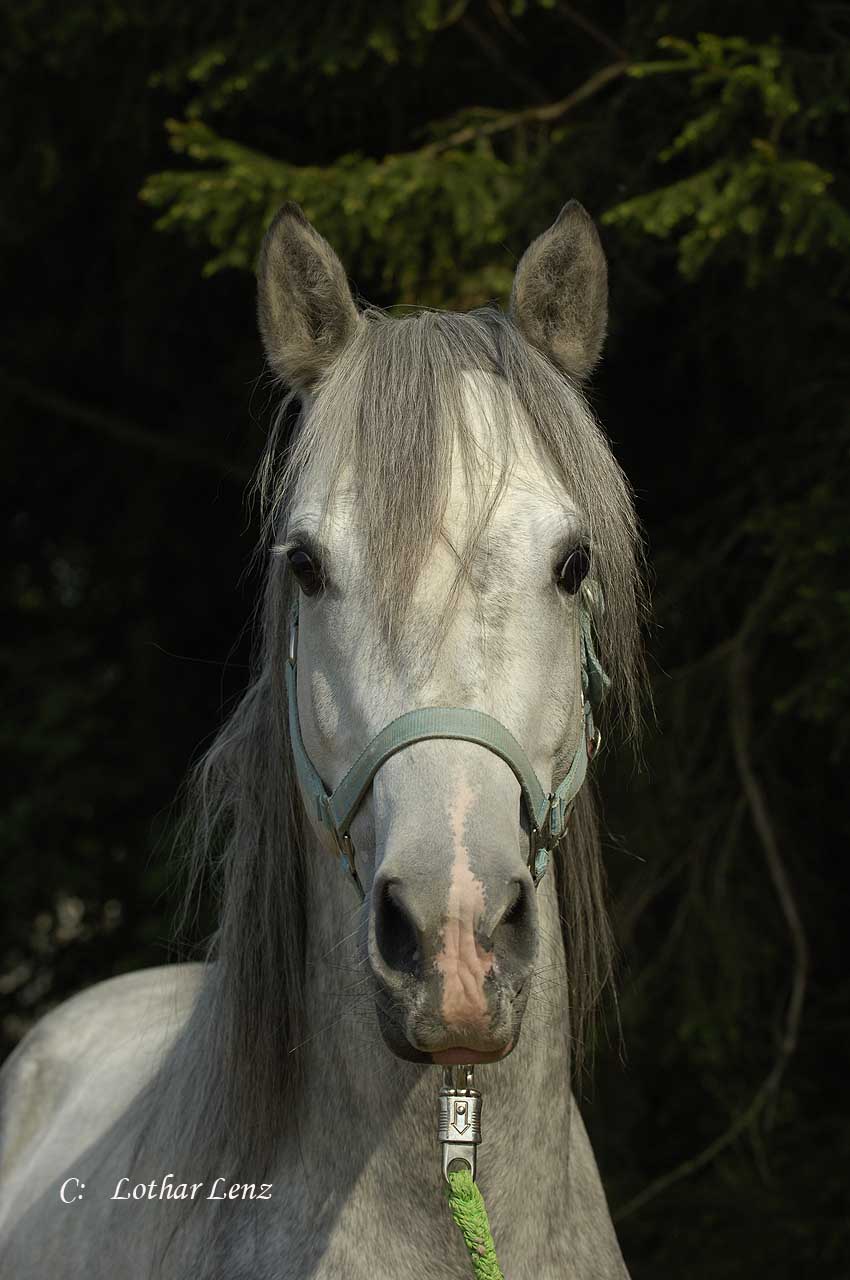|
Time
to saddle up
Fetima Guliyeva
Historian
We
have seen of another year, the year of the wise snake, embracing that of the
horse, a generous gift of nature, an animal that has proven its faithfulness
to man over the millenniums.
The horse has always taken a special
place in the life of
Azerbaijan
people. It was at the end of the 5th millennium B.C. that people started
domesticating horses in the ancient
Azerbaijan. The
bones of domesticated horses were unearthed in archeological excavations in
Alikomtapa settlement of Jalilabad
province of
Azerbaijan.
The horse was believed to be sacred in
the state of Manna, an ancient Azeri realm in the 9th century B.C. There were
required special rituals to bury horses.
 Assirian
sources say that our ancestors, Manna and Midia tribes had plentiful herds of
strong pedigree horses. Diadorus from
Sicily wrote
that hundreds or thousands of horse herds were being bred in Midia especially
for military purposes. Assirian
sources say that our ancestors, Manna and Midia tribes had plentiful herds of
strong pedigree horses. Diadorus from
Sicily wrote
that hundreds or thousands of horse herds were being bred in Midia especially
for military purposes.
According to ancient Greek geographer
Strabonus tribes in Atropotena, an ancient state in
Azerbaijan, could
take the 10,000 strong cavalry to the battlefield. The ancient settlers in
our country, Albans, managed to resist the renowned Roman commander Pompeus
in 67 B.C. owning to their 22,000 strong cavalry.
The contemporary Azeri runners,
especially the horses of Karabagh, root back to ancient times. The
medium-sized, brown and gold-brown horses shined among other breeds. Horse
breeding specialist S. P. Urusov noted that
"Karabagh horses played as a
tremendous role in the development of horse-breeding in
Asia
as English horses did in
Europe".
Some data available show that there were
around 150,000 horses in the
Azerbaijan of the
19th century. For example. Karabagh Khan (feudal ruler) Ibrahim possessed a
horse herd numbering 3,000-4,000.
People in Karabagh used to sell horses to
Euroepan countries. In one of these massive sales, an English company
purchased as many as 60 mares from the horse breeding enterprise of Mehdigulu
Khan of Karabagh in 1823.
The renowned painter Vershaghin was
struck to see the grandiosity and beauty of horses in his tour of Shusha, a
key town of
Karabagh.
Later on taking the magnificence onto his paintings, he wrote that he had seen
the best horses of the world in the horse enterprise of Jafargulu Khan in
Shusha".
After the demise of Mehdigulu Khan her
daughter, the famous poetress Khurshud Banu Natavan persued her father's
business on. Earning fame for Karabagh horses. The Khan's herds admired
nearly all expatriates traveling to Karabagh, including the son of the great
Alexander Dumas.
The Khan horses won a gold medal in an
international show in
Paris
in 1867 (Chan). In another series of success Karabagh horses were honored in
the all-Russian show in Moscow in 1869, as the Meymun breed won a silver
medal and a cash award, the Tokhmag breed won a bronze, while the Selbinaz
received a certificate.
 In
1949, the horse breeding enterprise was revivaled in Agdam and the Karabagh
horse breed Zaman was presented by the Soviet government as a gift to the
English Queen Elizabeth the second in 1956. Horse specialist Juanita Berlin
wrote that that horse would be admired very much by the English people. In
1949, the horse breeding enterprise was revivaled in Agdam and the Karabagh
horse breed Zaman was presented by the Soviet government as a gift to the
English Queen Elizabeth the second in 1956. Horse specialist Juanita Berlin
wrote that that horse would be admired very much by the English people.
Another fact testifying to the popularity
of Azeri horses is that the horse breeding enterprise in
Moscow has sold
over 150 Azeri breeds to the
Netherlands,
Italy,
Canada and
Germany over the
recent years.
All 120 thoroughbred Karabagh horses were
fortunately salvaged from Agdam several days before the Armenian occupation
in 1993. The horses are currently bred in winter pastures of Lanbaran between
Barda and, Aghschabad provinces.'
These facts illustrate that horses have
been not just of military and economic importance for Azerbaijanis, but also
part of their life.
|


 Chan(goldmedal)
Chan(goldmedal)
